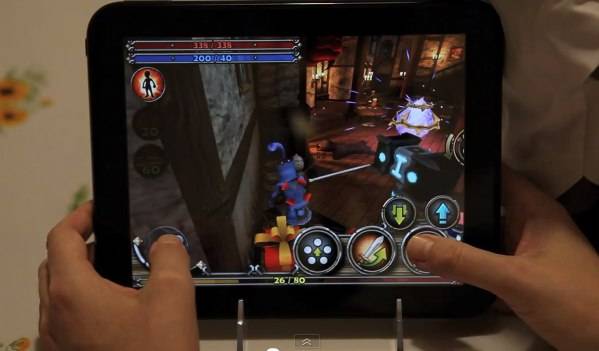

We’ll see WebOS software that runs on Windows computers (both desktops and laptops) and printers later this year. HP will be extending elements of WebOS to its other products lines, too. One of the coolest features is “Touch-to-Share.” If you have a website open on the PalmPad, for instance, you can literally touch the Pre3 phone to the tablet and the website will open on the phone. You can respond from the tablet or even use it to make a phone call. If you get a text message on the Pre3, for instance, it’ll show up on the TouchPad too. Once you put the Pre3 on its contact-less charger, it’ll synch with a nearby TouchPad. HP’s big selling point is that all its WebOS-based devices will work harmoniously with one another. Maybe HP’s waiting to see what the next iPad gets priced at in order to undercut it.

The fact that there’s no price tag hopefully doesn’t indicate that it’ll be more expensive than everyone expects it to be. It’ll be “announced at a later date.” That’s unfortunate, as the price would really make the TouchPad either a whole lot more interesting or a non-starter. There will be a contact-less “Touchstone” charging dock (no wires between the tablet and dock) and an optional keyboard accessory as well.Ī Wi-Fi version of the PalmPad will be available this summer, with 3G- and 4G-enabled versions to follow. Unlike the iPad, it’s got a dual-core 1.2GHz processor, 1.3-megapixel front-facing camera, HP’s “Beats” audio technology and runs Adobe Flash. It’s very, very similar in size to the iPad. Pretty dead-on as far as the previous rumors go, the HP TouchPad has a 9.7-inch screen with 1024×768 resolution, weighs 1.6 pounds and measures just over half an inch thick. Follow TouchPad ( product page | press release)


 0 kommentar(er)
0 kommentar(er)
